Louvres (95)
95380 Louvres
GPS coordinates :
49.043608, 2.477861
Returning land to agriculture
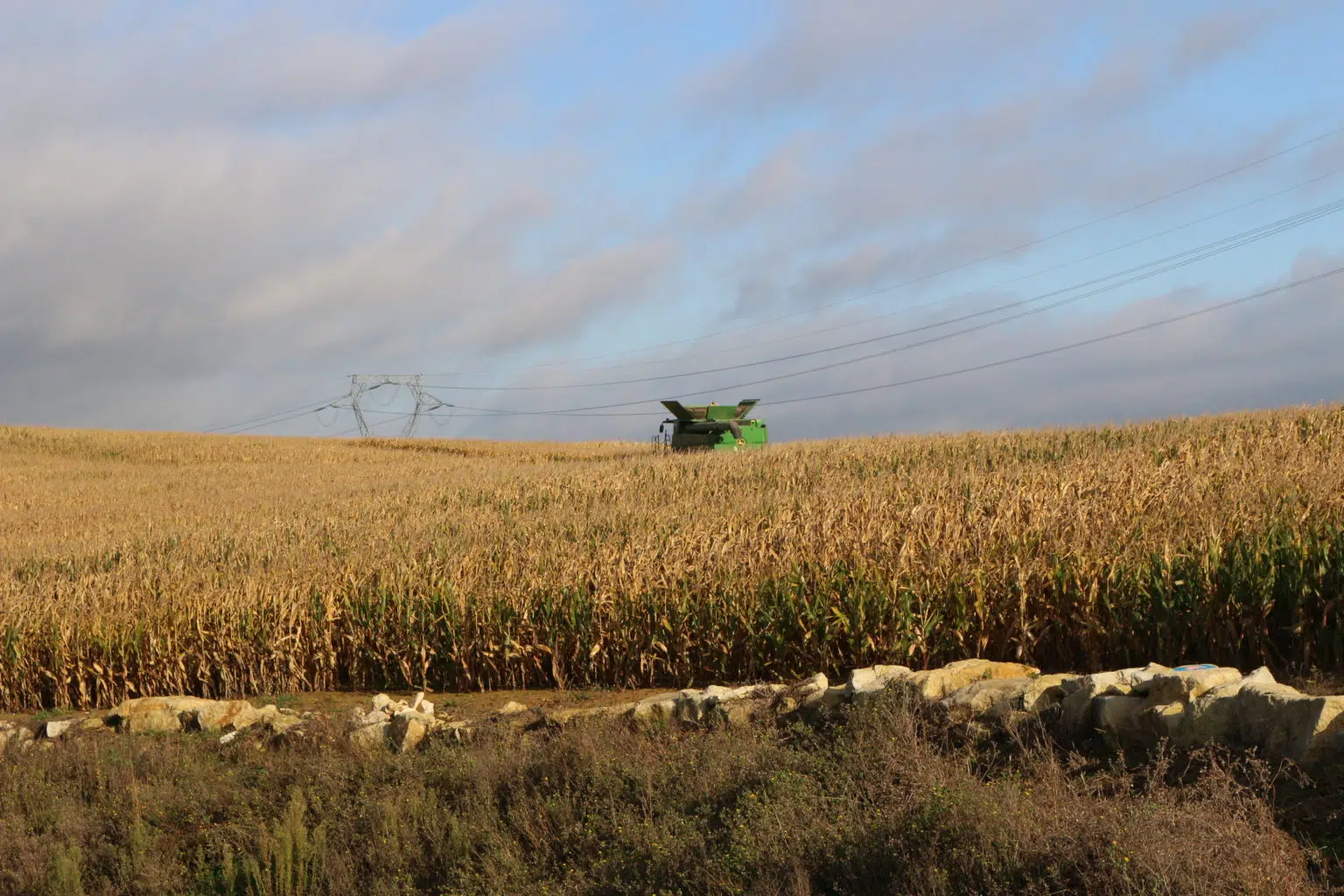
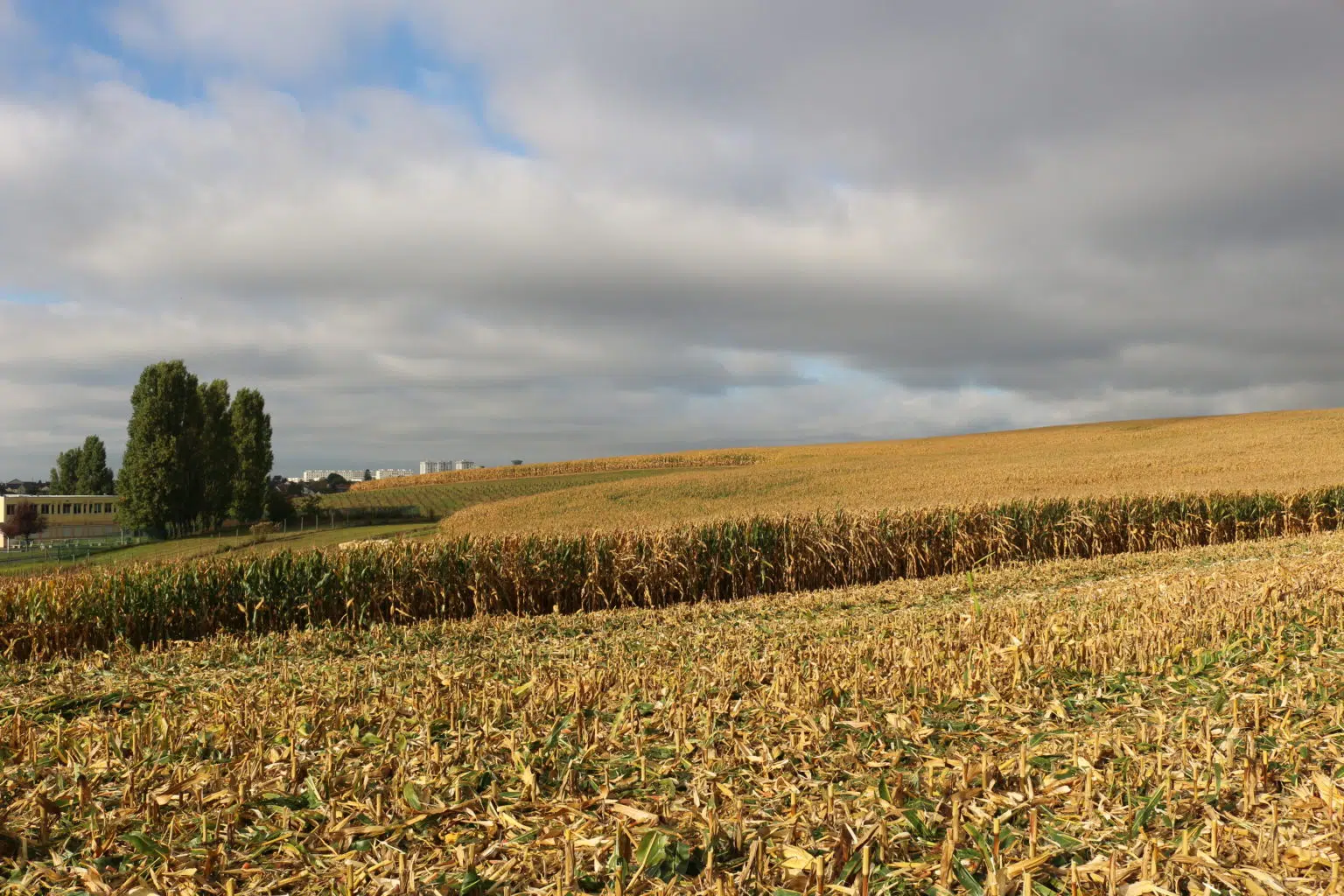
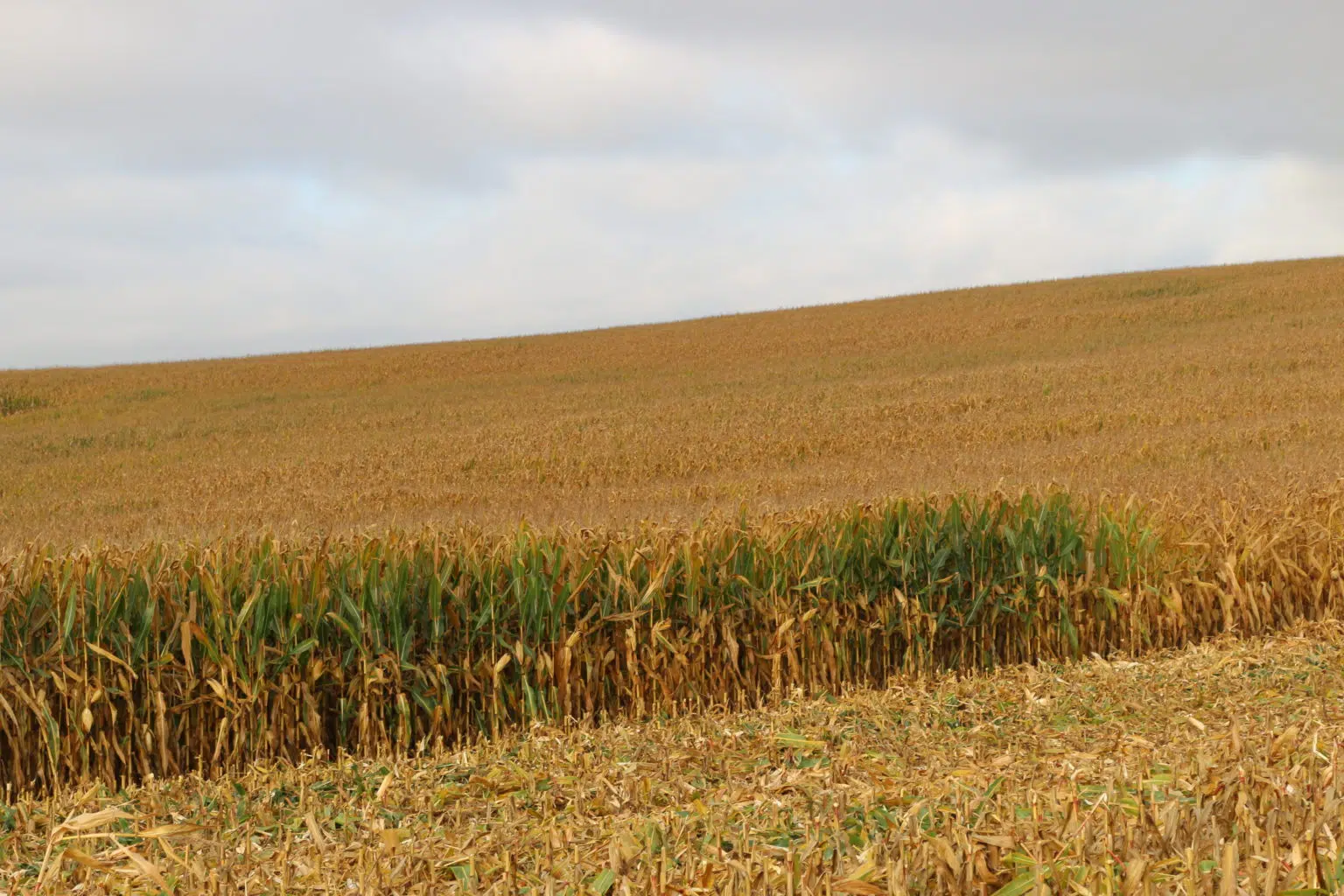
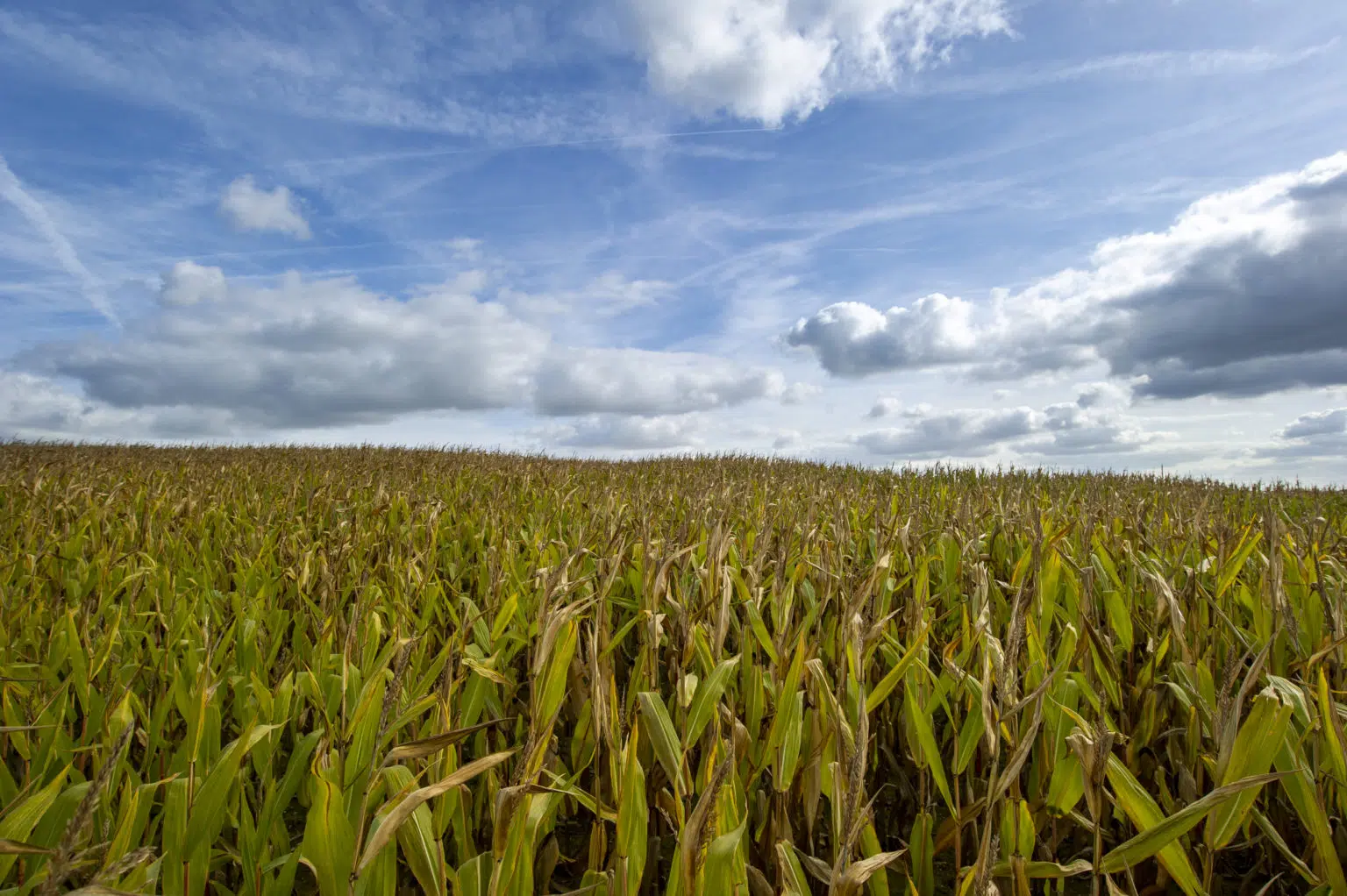
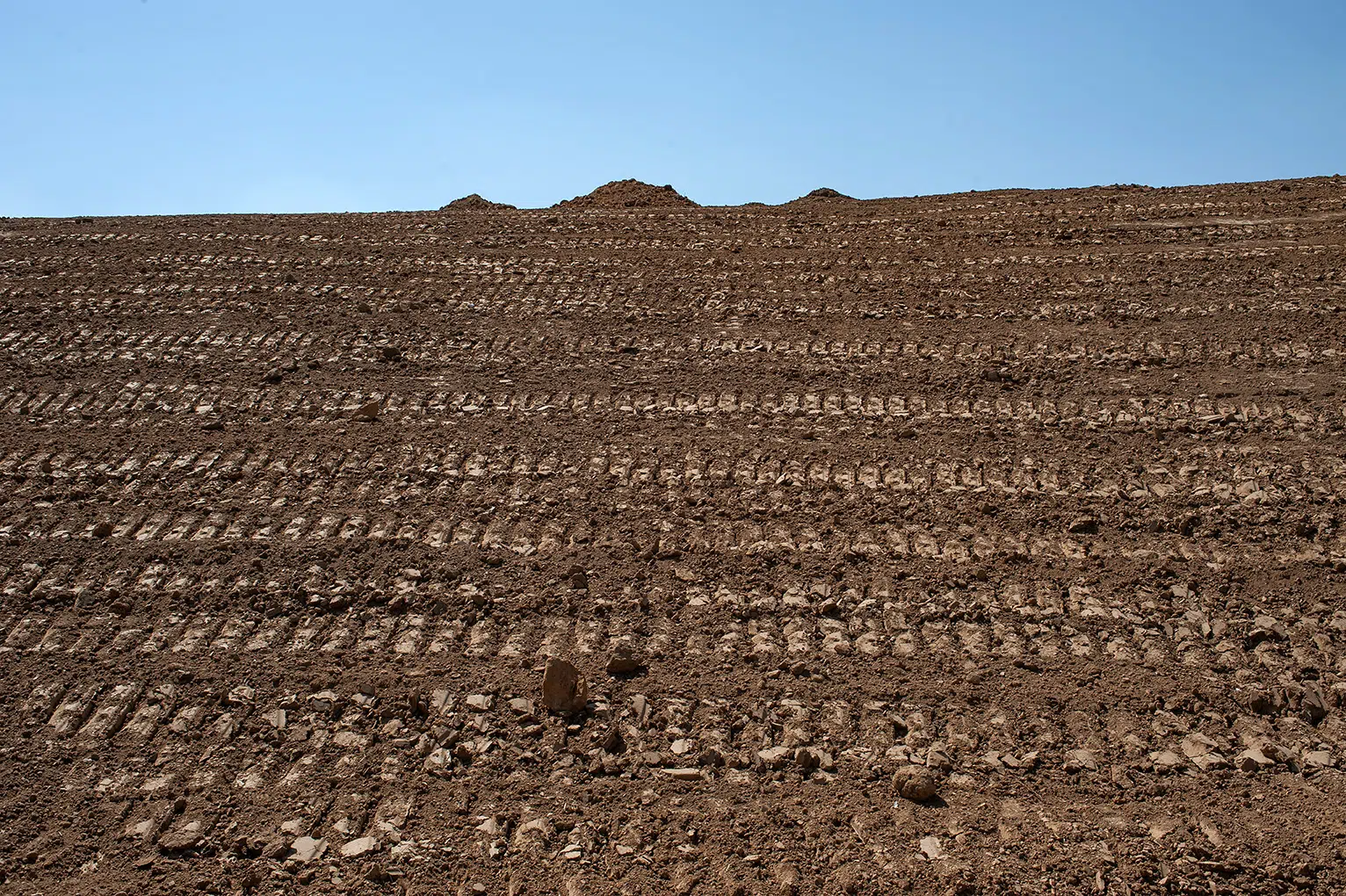
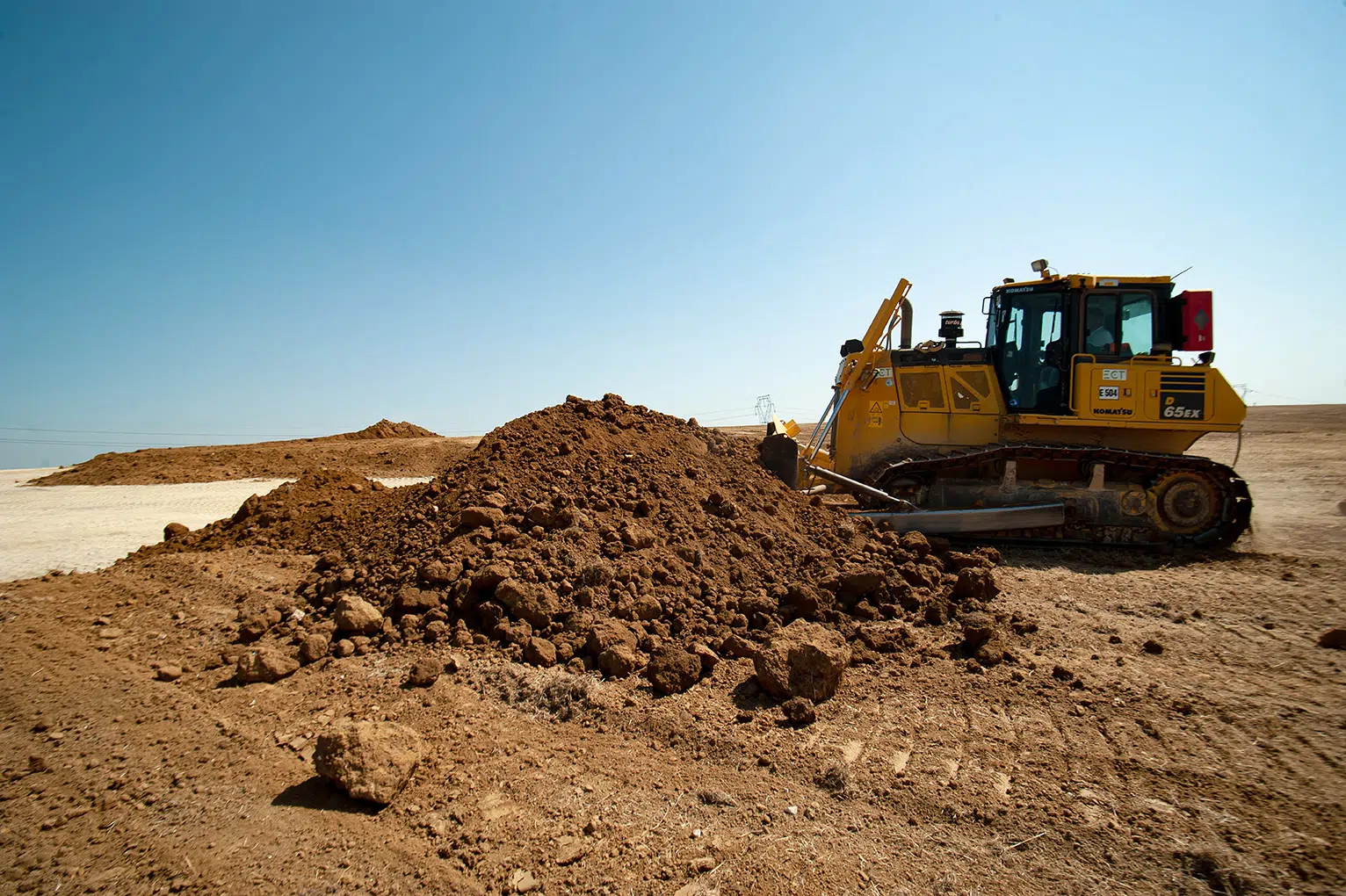
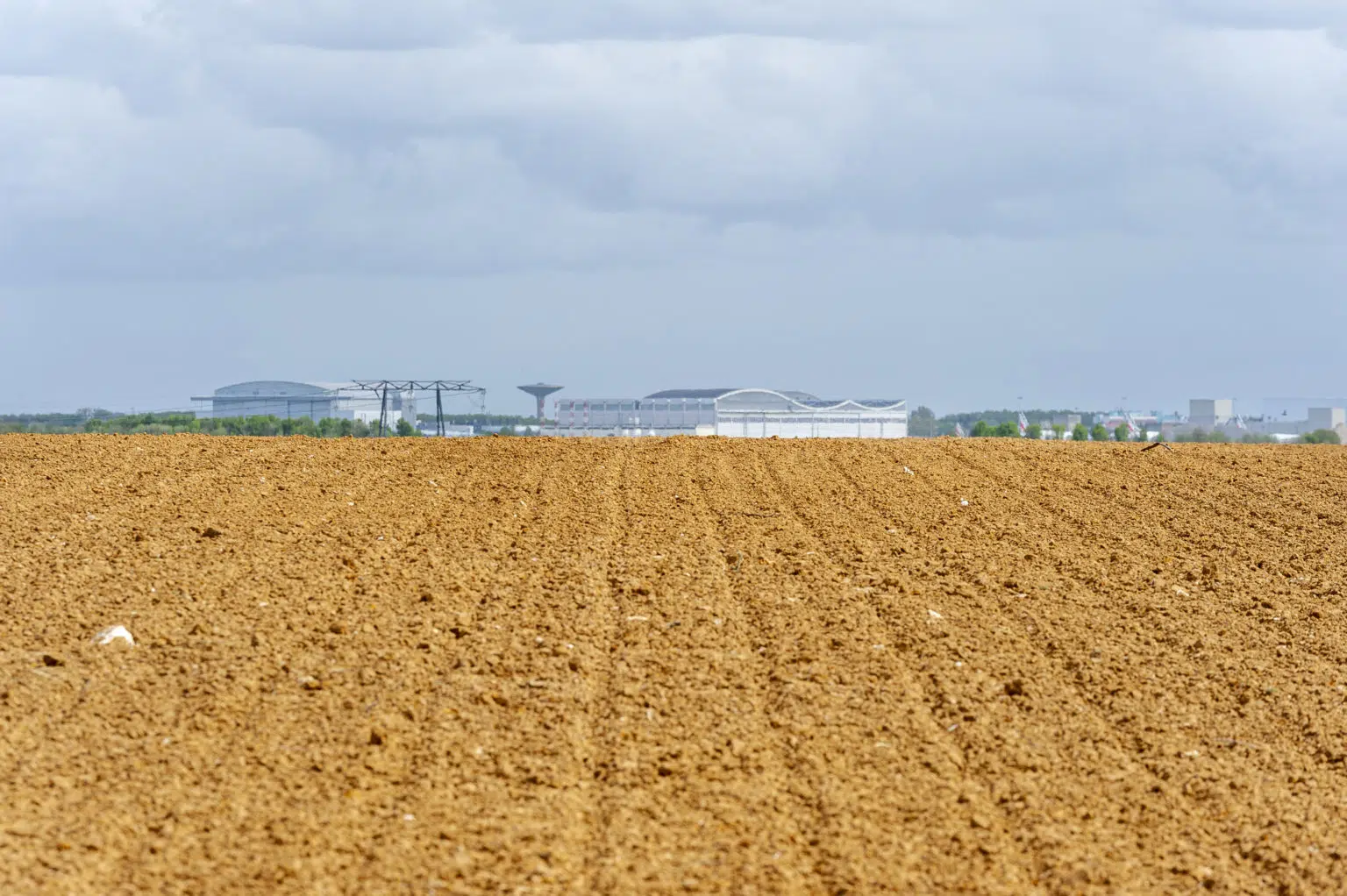
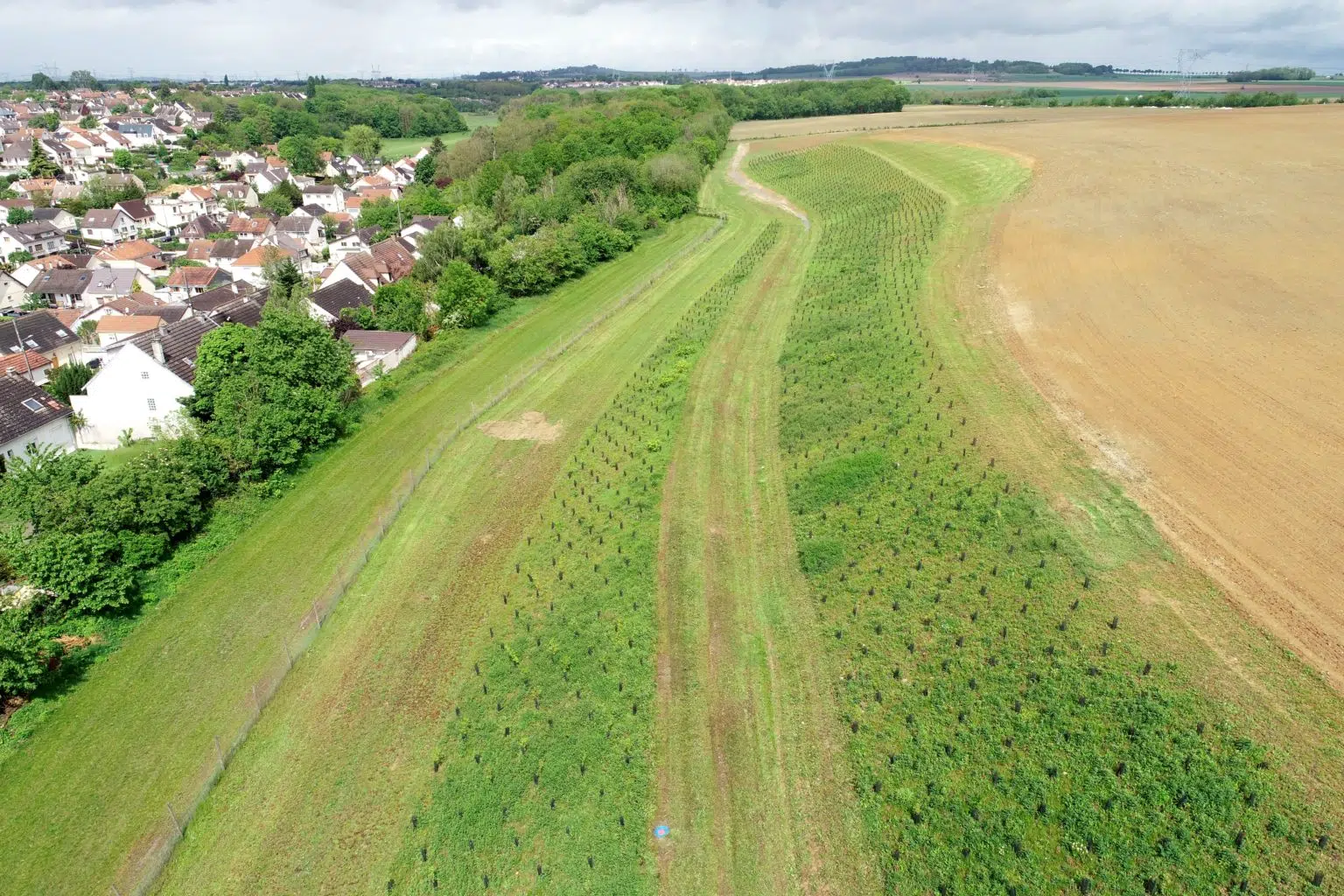
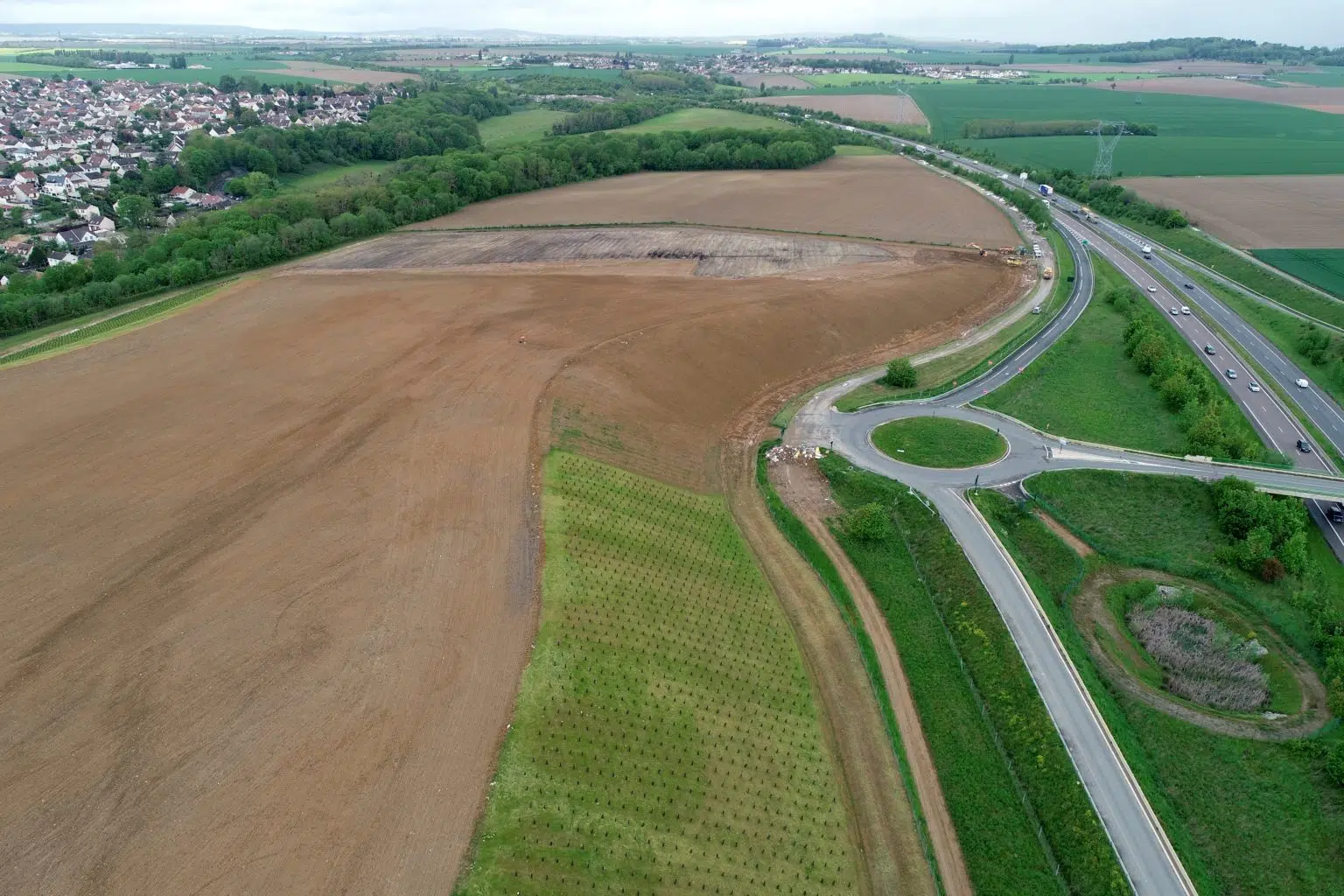
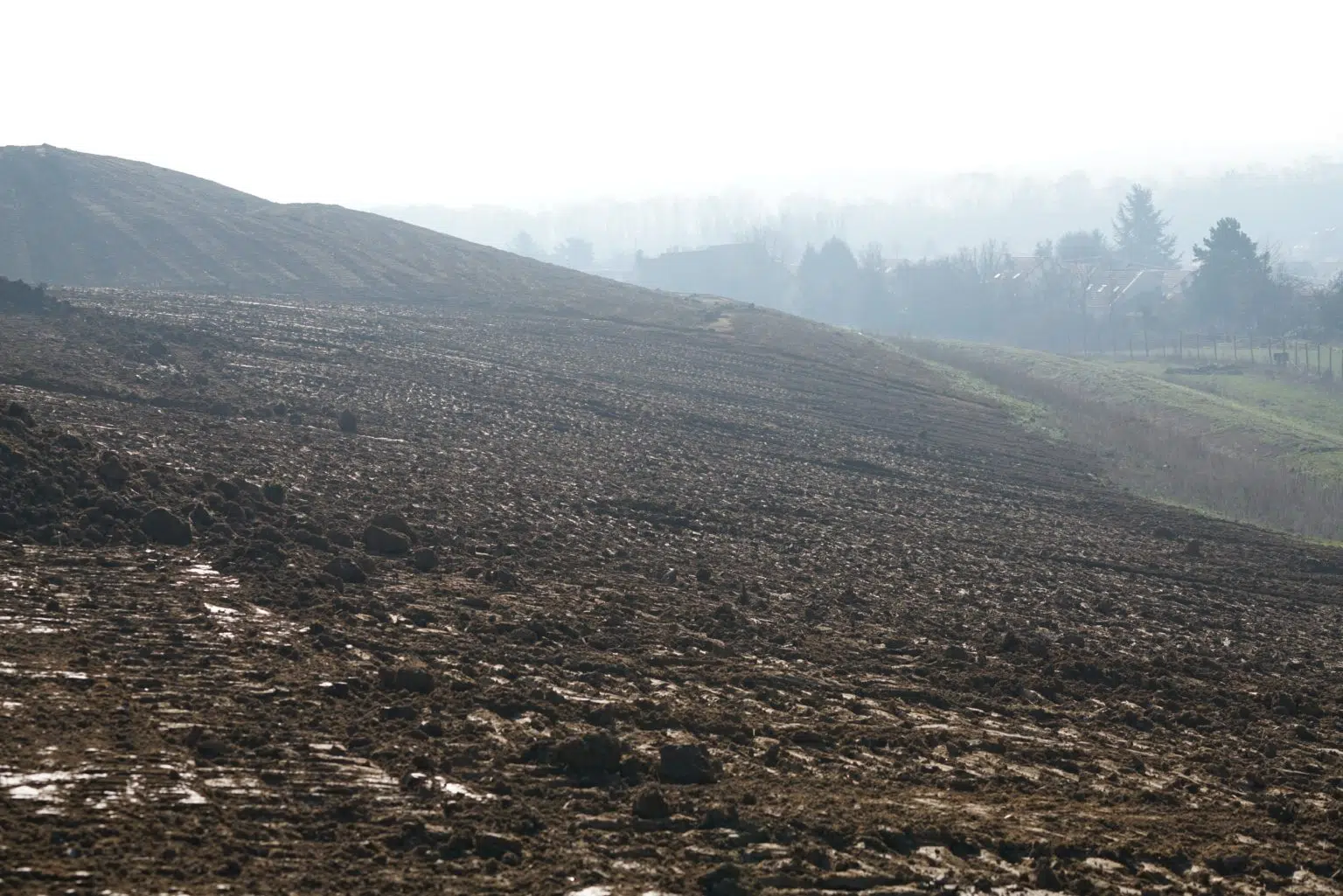
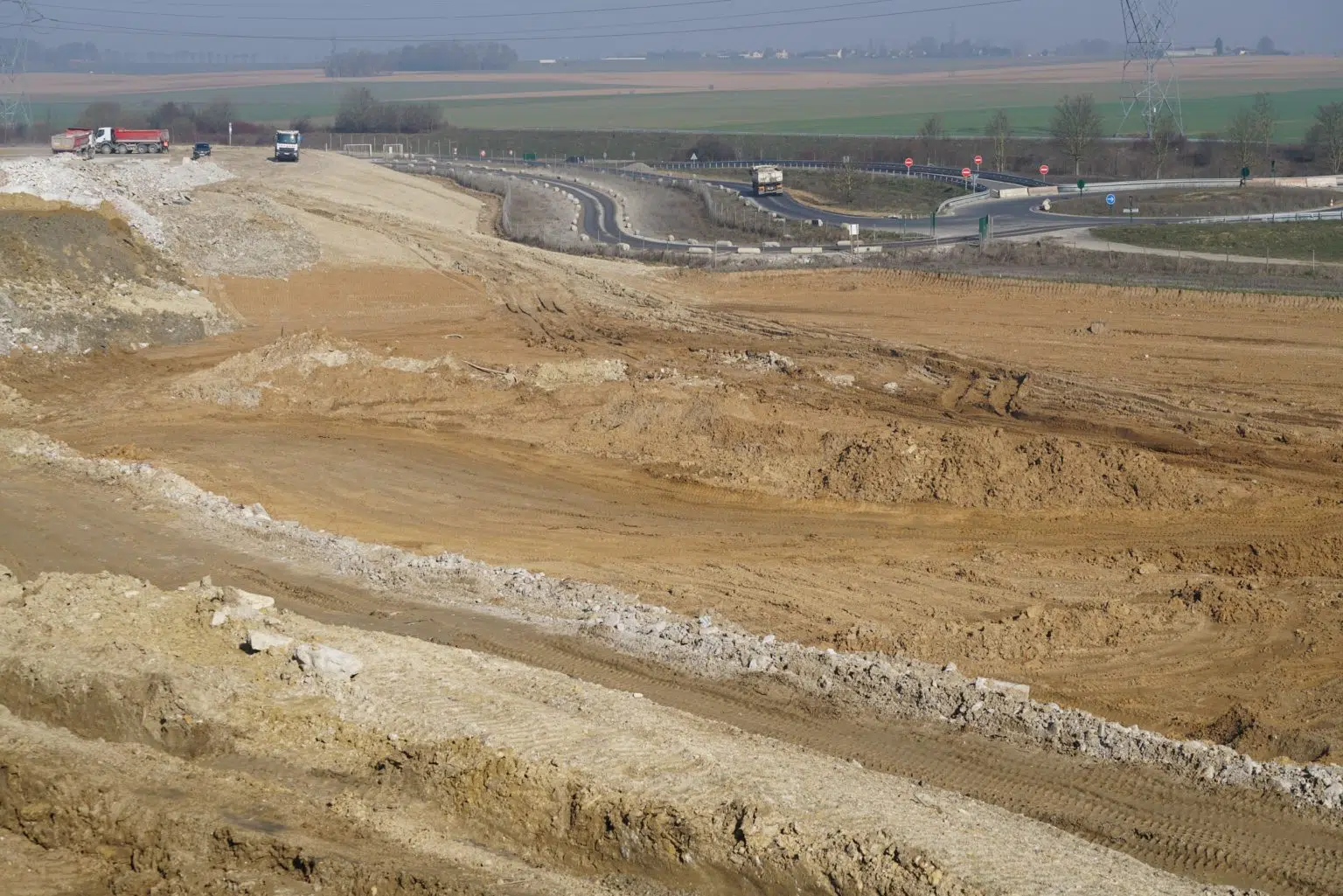
Types of layout
Farm rehabilitation
Issues :
Agricultural vocation
Status:
Landscaping completed
Project presentation
On the Louvres site, rehabilitation began in 2017, on agricultural land damaged during construction of the Francilienne motorway. After finalizing the inert soil input, ECT reconstituted the top layer of the agricultural horizon with topsoil or fertile substrate. In 2021, the farmer returned the land to cultivation.
Key figures
metric tons
of reused soil
hectares
to agriculture
month
solar panels
installed
The site had low agronomic value: the land was of poor quality, which is why it was chosen, to repair and improve agricultural performance.
The result, for a first year of recultivation, is in line with the target set. Given the context of the site and the year, and while limiting intervention, soil preparation and corn emergence were satisfactory. Generally speaking, the technical and agronomic practices were optimal, reasoned and in line with the "probable potential of the plot". In conclusion, a first harvest with no particular concerns for the years to come.
Project life
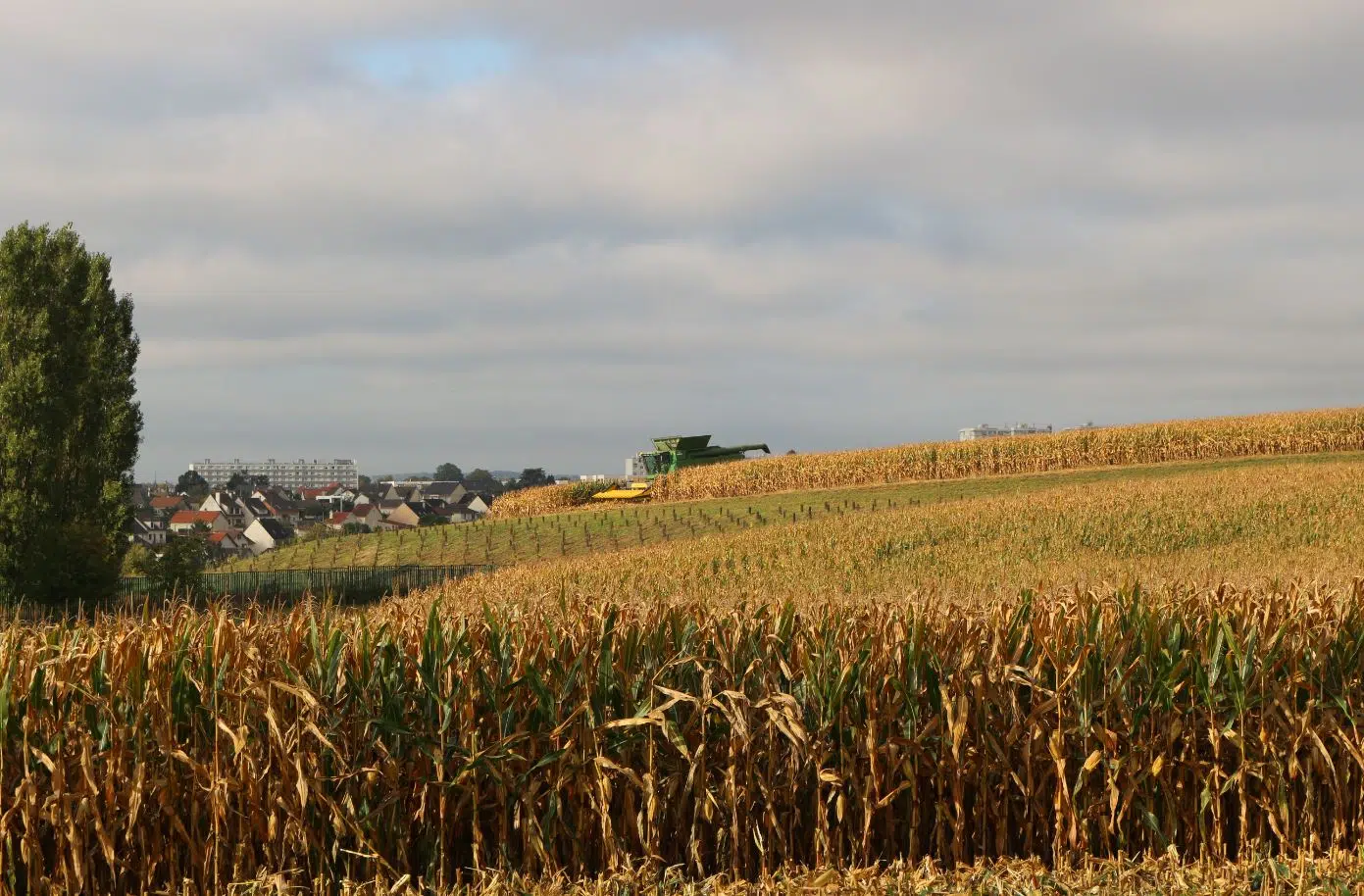
Farmer's feedback on his first harvest on the rehabilitated site
ECT
went to meet the farmer, who gives us his feedback following this first return to agriculture.
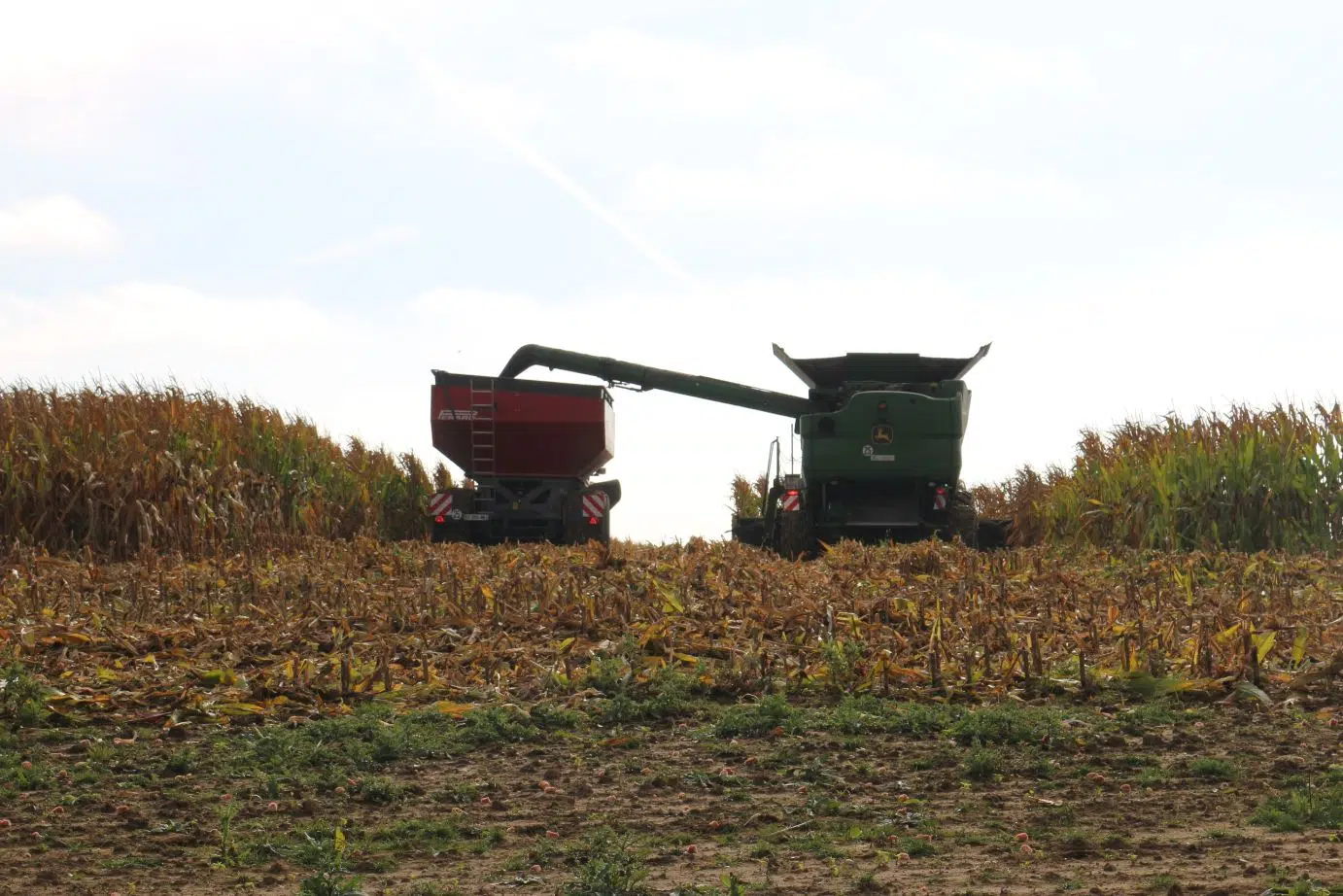
Back in cultivation, first harvest at Louvres
After finalizing the inert soils used to rehabilitate the site, ECT worked to reconstitute the top layer of the agricultural horizon. The farmer was able to sow corn at the beginning of May 2021 and 6 months later, in October, under threatening skies, the corn was harvested.
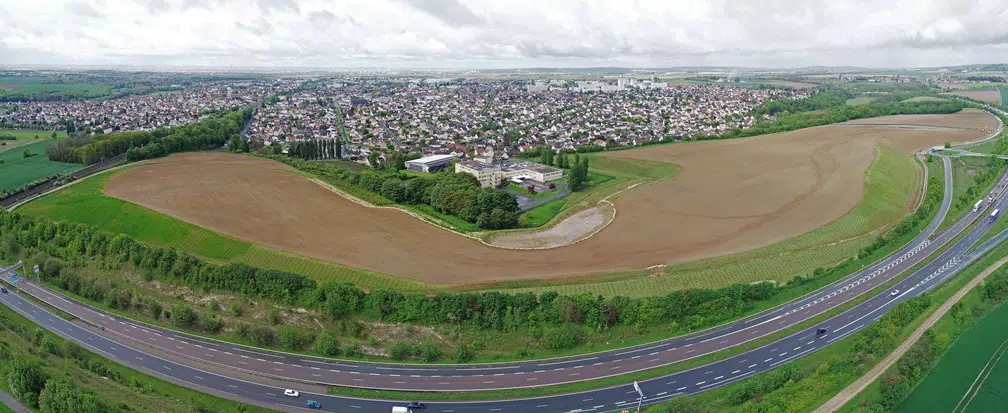
From inert to fertile soil
At the end of the works and inert soil input, ECT reconstituted the site’s fertile horizon, by re-plating the topsoil present on the site or experimenting with fertile substrates.
The Urbafertil experiment: on a 2-hectare site, the top layer of cultivable soil was reconstituted in situ using a fertile substrate, the subject of a research and development program.
To complement the agricultural plots, shrubs have been planted on the embankments, while the ditches and pond (0.6 ha) encourage the development of wetland vegetation.
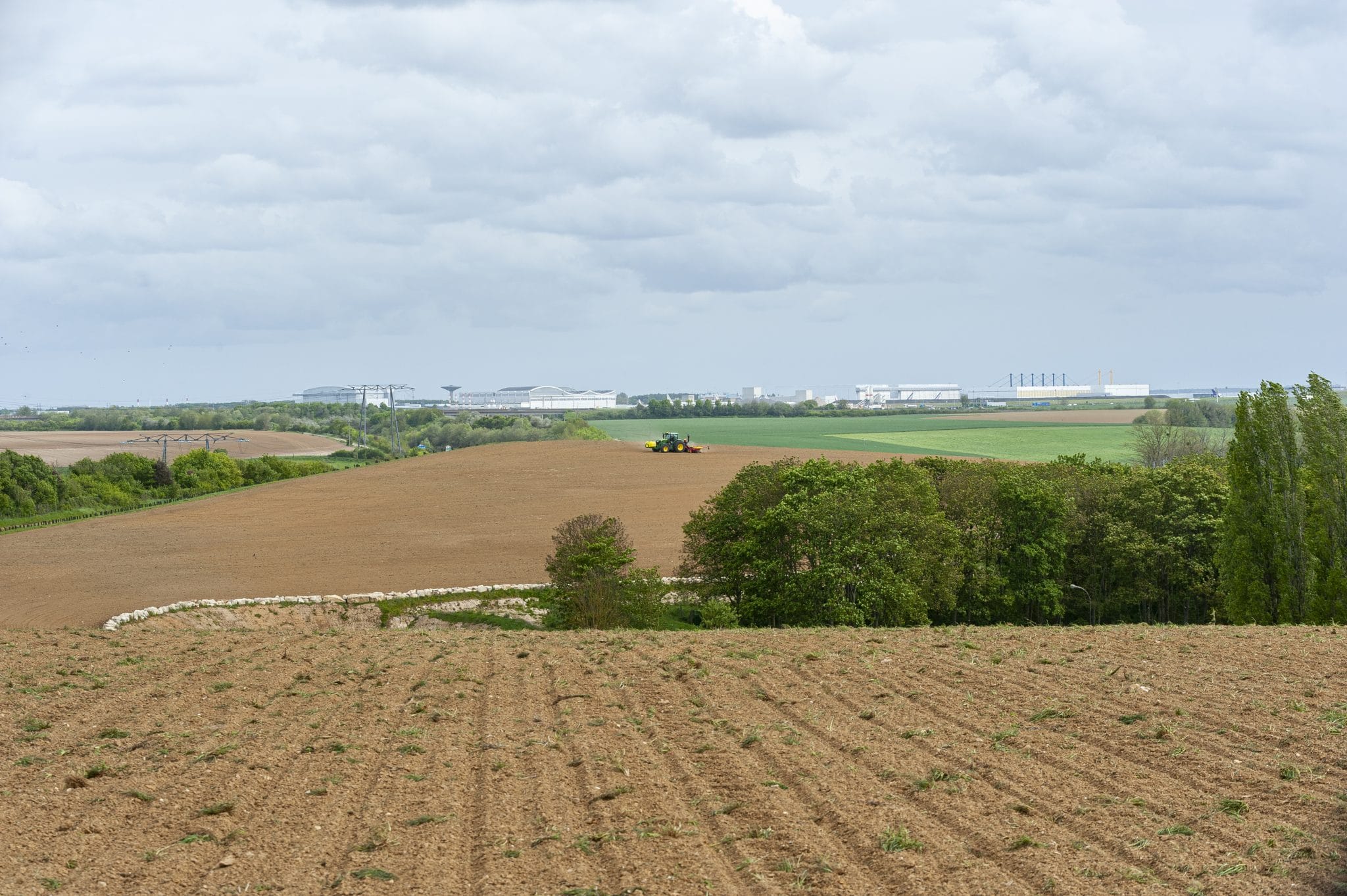
Restoring agricultural vitality: the challenge of land rehabilitation
The site was damaged by the construction of the Francilienne motorway, making the land unsuitable for agriculture. ECT was called in to design a rehabilitation project using inert soil. This land will be used to finance the rehabilitation of the agricultural plateau.
How does ECT build its facilities?
Site developments are established within the framework of a regulatory authorization, in compliance with the authorized and concerted project, to make way for the first developments, with a view to the final project. Example on the Louvres site.